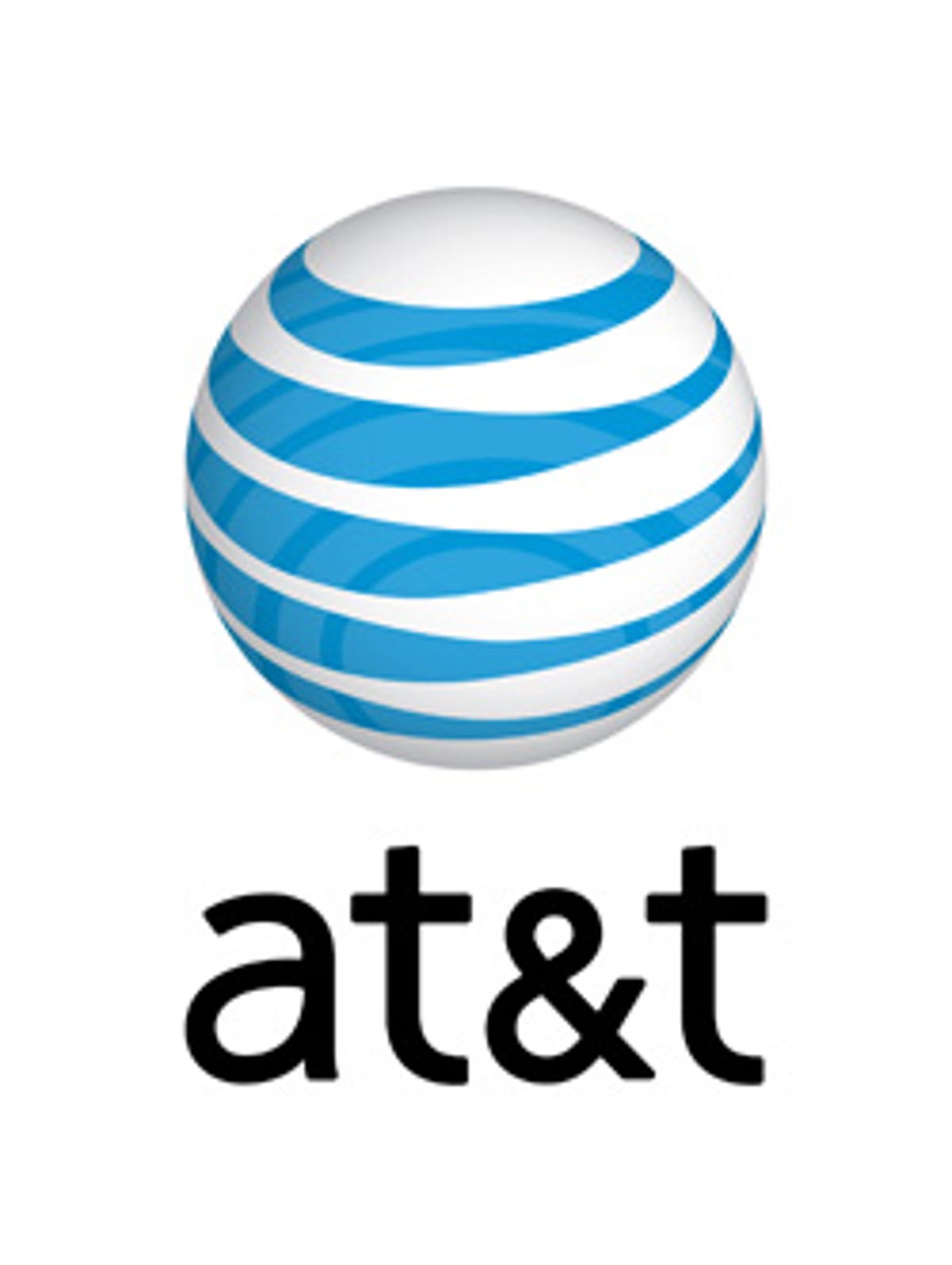AT&T is relying more and more on its Wi-Fi networks to help off-load data traffic, which should ultimately lead to better network performance for its wireless customers.

This week the carrier said it has seen Wi-Fi usage on these networks triple in the last year. In the third quarter, AT&T said its customers made 301.9 million AT&T Wi-Fi connections or about 37 connections every second. The company added that on average, its users make about 100 million connections to its Wi-Fi networks every month. In fact, Wi-Fi connections in a single month now exceed the total connections made in all of 2009 and are five times the total connections made in 2008. And AT&T has said that the data carried on its Wi-Fi networks has more than doubled versus the third-quarter of 2010.
AT&T offers free Wi-Fi connectivity to its smartphone and wireless broadband customers in more than 29,000 Wi-Fi hot spots throughout the country. These networks are in places like hotels and airports, as well as restaurants and coffee shops, like Starbucks. AT&T has also been deploying Wi-Fi in outside public areas in what it calls Wi-Fi ‘hot zones” in several cities, such as Palo Alto, Calif., San Francisco, New York, and Chicago.
Related stories:
Wi-Fi rides to wireless networks’ rescue
Is the iPhone hurting AT&T’s brand?
Cell phone operators cautiously embrace Wi-Fi
The idea with the “hot zones” is to set up Wi-Fi networks in areas where there is a highly concentrated group of users. So in Chicago, there is a hot zone around Wrigley Field. In New York City, AT&T has made Wi-Fi available in several parks and it also offers a Wi-Fi hot zone in Times Square. And the carrier is also deploying hot zones in big sports stadiums, such as Chase Field, home of the Arizona Diamondbacks.
AT&T is using these carrier-managed Wi-Fi networks as a way to off-load data traffic from its 3G wireless network. AT&T, more than any other wireless carrier in the U.S., has been struggling to keep with demand for data on its network. After the company introduced the Apple iPhone in 2007, it saw traffic on its network explode. While AT&T has been upgrading its 3G network to faster and more efficient technologies, like HSPA+ and 4G LTE, the company is looking at more ways to increase capacity and meet demand. In fact, it said that the main reason it wants to buy T-Mobile USA is to get more capacity and spectrum to deal with its network congestion.
While Wi-Fi is not the only solution to the problem, it is part of the solution. And it’s particularly useful in helping AT&T manage traffic better in densely populated areas, where it has a highly concentrated level of users.
There’s no question that Wi-Fi benefits AT&T, but it’s also good for consumers. And the reason is simple. Because subscribers are not charged for the use of the Wi-Fi network, the data usage is not counted against their monthly data limits. And now that AT&T has eliminated its unlimited data plan, subscribers can use Wi-Fi when it’s available to cut down on the amount of data they’re using as part of their plan.
Other wireless carriers have dabbled in Wi-Fi. T-Mobile has experimented with offers that allow people to switch between Wi-Fi and licensed spectrum networks in the same session. But AT&T seems to be the largest carrier that has been embracing the technology as an offload strategy. Neither Sprint Nextel or rival Verizon Wireless are incorporating Wi-Fi into their networks in quite the same way that AT&T has done it.
“Consumers and businesses understand the numerous benefits in using and offering Wi-Fi in more places,” Angie Wiskocil, senior vice president of AT&T Wi-Fi Services, said in a statement. “By investing in our network and expanding our Wi-Fi footprint, we will continue to be the leader in Wi-Fi services.”



